Increased Healthcare Expenditure
Germany's healthcare system is characterized by substantial public and private expenditure, which is positively influencing the cervical fusion market. With healthcare spending reaching approximately €400 billion annually, there is a growing budget allocated for advanced surgical procedures, including cervical fusion. This financial commitment enables hospitals and clinics to invest in state-of-the-art technologies and training for healthcare professionals. As a result, patients have better access to high-quality surgical options, which is likely to drive the demand for cervical fusion procedures. The cervical fusion market stands to benefit from this trend, as increased funding allows for the adoption of innovative techniques and improved patient care, ultimately leading to higher surgical volumes.
Advancements in Surgical Techniques
Innovations in surgical techniques are significantly impacting the cervical fusion market in Germany. The introduction of robotic-assisted surgeries and enhanced imaging technologies has improved surgical outcomes and reduced recovery times. These advancements allow for more precise and less invasive procedures, which are appealing to both patients and surgeons. For instance, minimally invasive cervical fusion techniques have shown to reduce hospital stays by up to 30%, which is a compelling factor for healthcare providers. As these technologies become more widely adopted, the cervical fusion market is likely to see increased demand, as patients prefer options that promise quicker recovery and less postoperative pain. The ongoing research and development in this area suggest a bright future for surgical innovations in the cervical fusion market.
Rising Incidence of Spinal Disorders
The cervical fusion market in Germany is experiencing growth due to the increasing prevalence of spinal disorders. Conditions such as cervical spondylosis and herniated discs are becoming more common, leading to a higher demand for surgical interventions. According to recent health statistics, approximately 20% of the adult population in Germany suffers from some form of spinal disorder, which necessitates surgical solutions like cervical fusion. This trend is likely to drive the market as healthcare providers seek effective treatments to alleviate pain and restore mobility. Furthermore, the aging population is contributing to this rise, as older individuals are more susceptible to degenerative spinal conditions. The cervical fusion market is thus positioned to expand as more patients seek surgical options to address these issues.
Growing Awareness and Patient Education
The cervical fusion market in Germany is also being driven by heightened awareness and education among patients regarding spinal health. Campaigns aimed at informing the public about the symptoms and treatment options for spinal disorders have led to an increase in consultations with healthcare providers. Patients are now more proactive in seeking treatment for conditions that may require cervical fusion. This shift in patient behavior is likely to result in a higher number of surgical procedures being performed. Moreover, as patients become more informed about the benefits and risks associated with cervical fusion, they are more inclined to opt for surgical solutions. The cervical fusion market is thus poised for growth as awareness initiatives continue to empower patients to take charge of their spinal health.
Regulatory Support for Innovative Devices
The regulatory environment in Germany is becoming increasingly supportive of innovative medical devices, which is beneficial for the cervical fusion market. The German Medicines Act facilitates the approval of new surgical technologies, allowing for quicker access to advanced cervical fusion devices. This regulatory framework encourages manufacturers to invest in research and development, leading to the introduction of novel products that enhance surgical outcomes. As new devices enter the market, healthcare providers are likely to adopt these innovations, thereby increasing the volume of cervical fusion surgeries performed. The cervical fusion market is expected to thrive as regulatory support fosters an environment conducive to technological advancement and improved patient care.


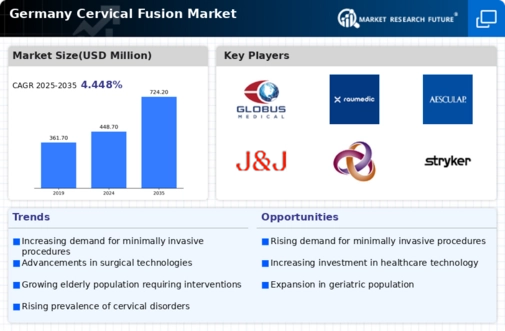
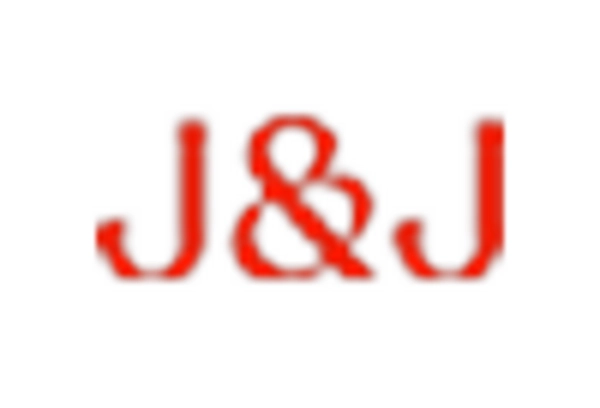
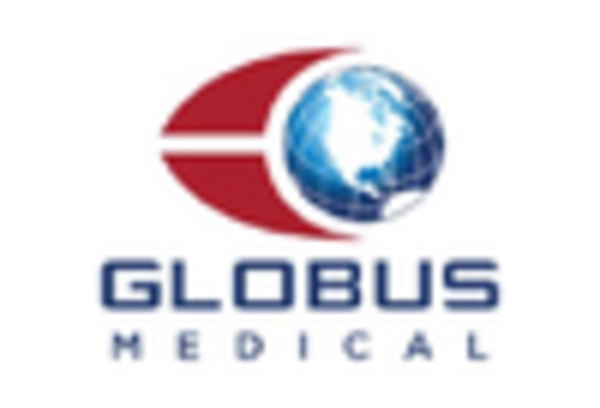

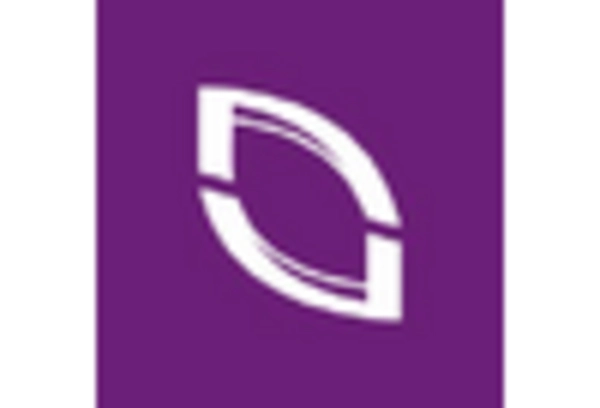
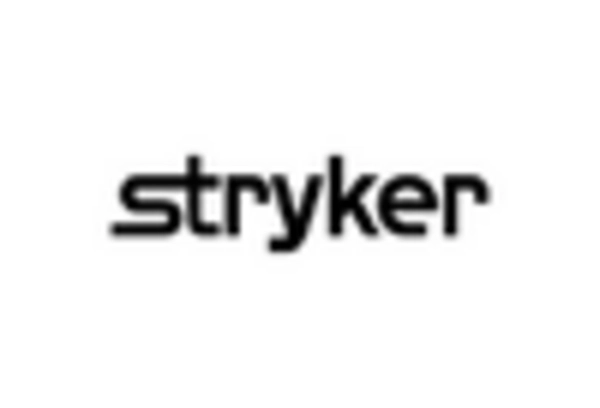
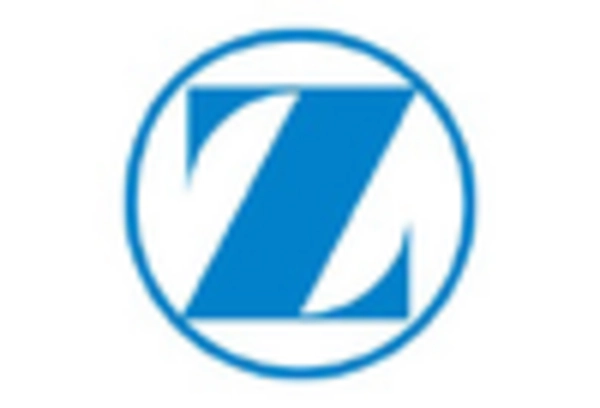








Leave a Comment